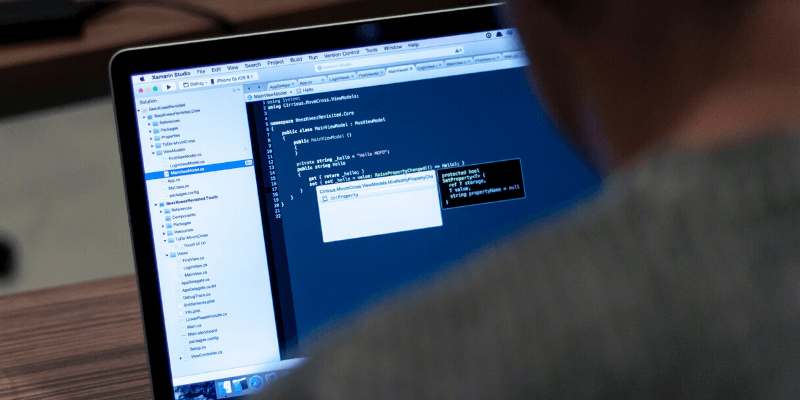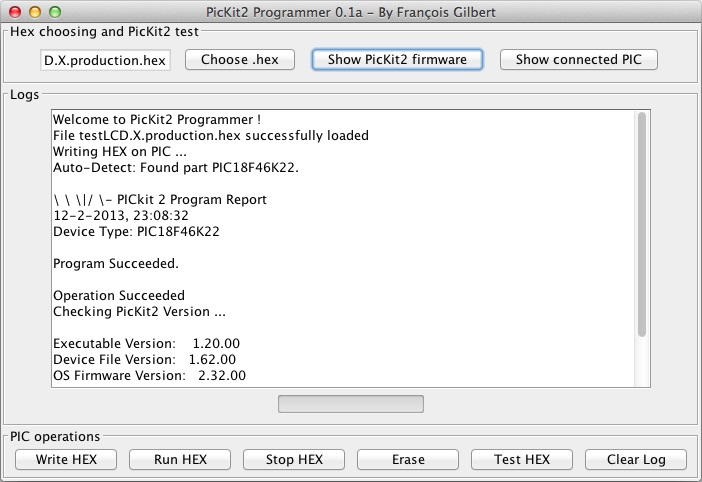


Introducing OS X's latest and greatest features in Snow Leopard (10.6):
#OS X PROGRAMMING FULL#
Creating and profiling a sample multithreaded application demonstrating full pthread_API.We demonstrate a simple multi-threaded exercise, with basic synchronization mechanisms (Mutexes, rwlocks, and condition variables) We explain POSIX threads in varying level of detail (depending on past student experience). Profiling an application with Instruments and Sharkĭiscussing the OS X implementation of POSIX threads.XCode - writing a sample project in C, C++, and/or Objective C.We discuss the environment, as well as those tools: More than a standard IDE, it comes packed with many powerful tools for performance and diagnostics. XCode is Apple's (still) free development environment for OS X and for "iOS" (iPhone/iPad).

#OS X PROGRAMMING MAC OS#
OS X developers, interested in getting to know Apple's Mac OS X. It does, however, cover most other aspects of programming, applicable to OS X in both its Mac and iPhone ("iOS") flavors
#OS X PROGRAMMING CODE#
Note: This code does not discuss GUI development in depth, and only touches upon it. This course also introduces Objective-C, the language of choice for framework-enabled development. Students will become familiar with OS X's layered architecture, from the core of Darwin (including an overview of the XNU kernel), through the POSIX interfaces and BSD system calls, and up to the various core frameworks. OS X is the operating system behind Apple's Macs, iPhones, and iPads. This course covers the architecture of OS X from the ground up.


 0 kommentar(er)
0 kommentar(er)
